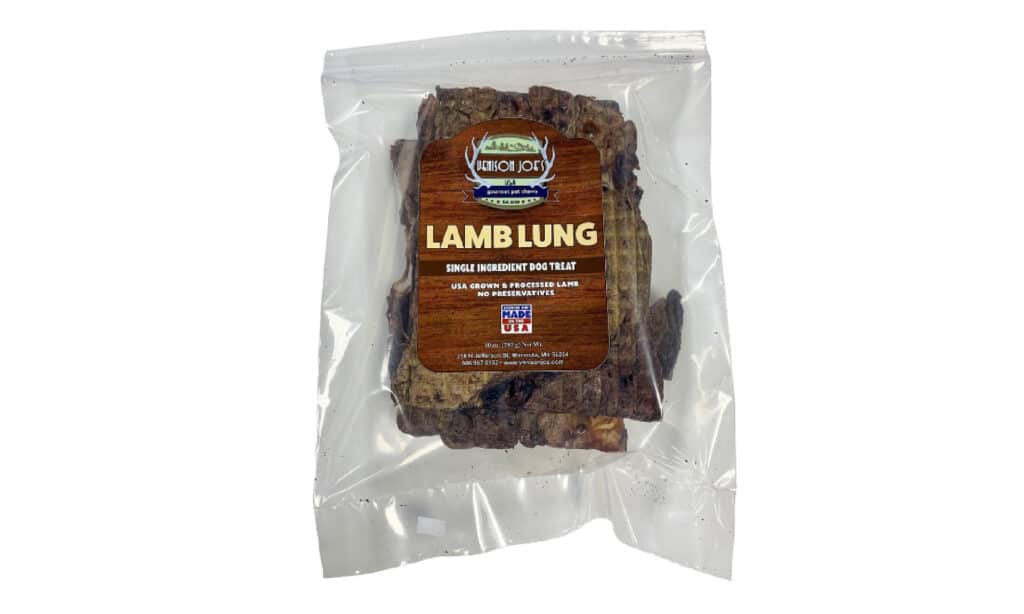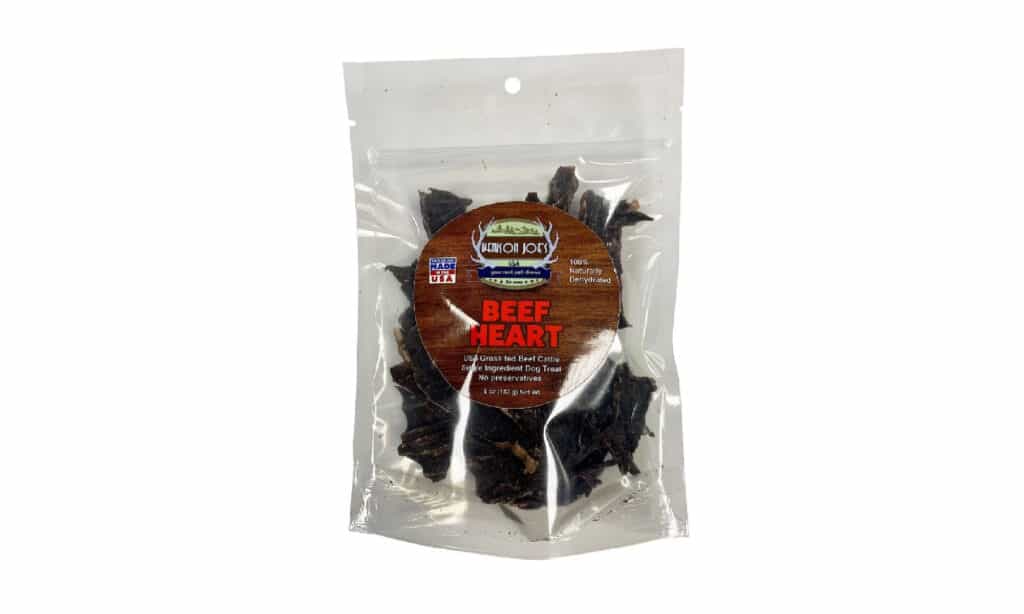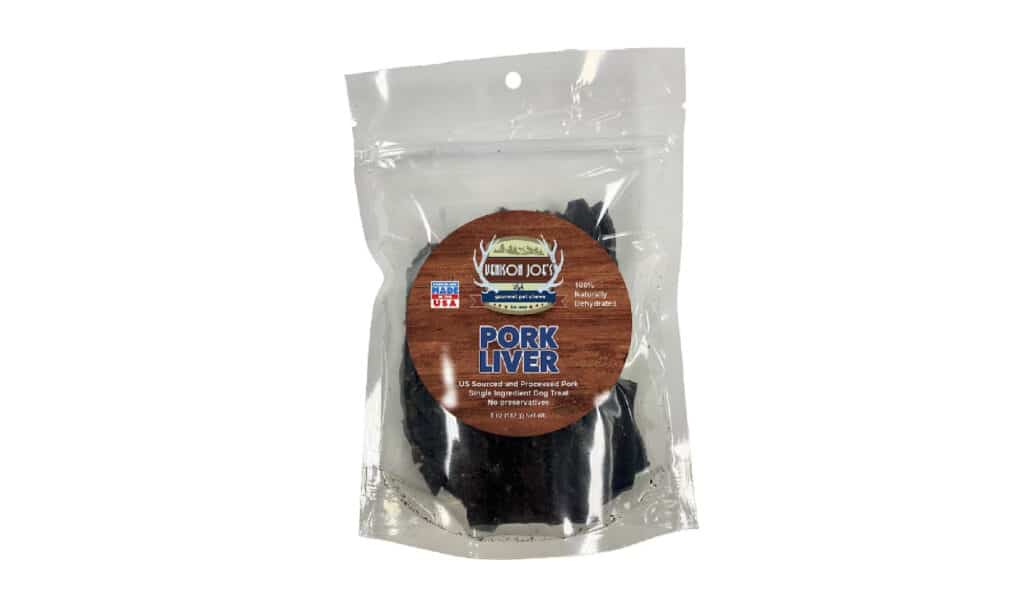As dog owners, we all want to ensure our furry friends are getting the best nutrition possible. However, it’s not uncommon to have questions about what human foods are safe for our dogs to eat. One popular food item that many of us have in our fridges is bologna, and it’s natural to wonder if it’s okay to share it with our pups. In this blog, we’ll dive into the question “Can dogs have bologna?” and explore everything you need to know to make an informed decision about whether or not to add this lunchtime staple to your dog’s diet. So, let’s get started!
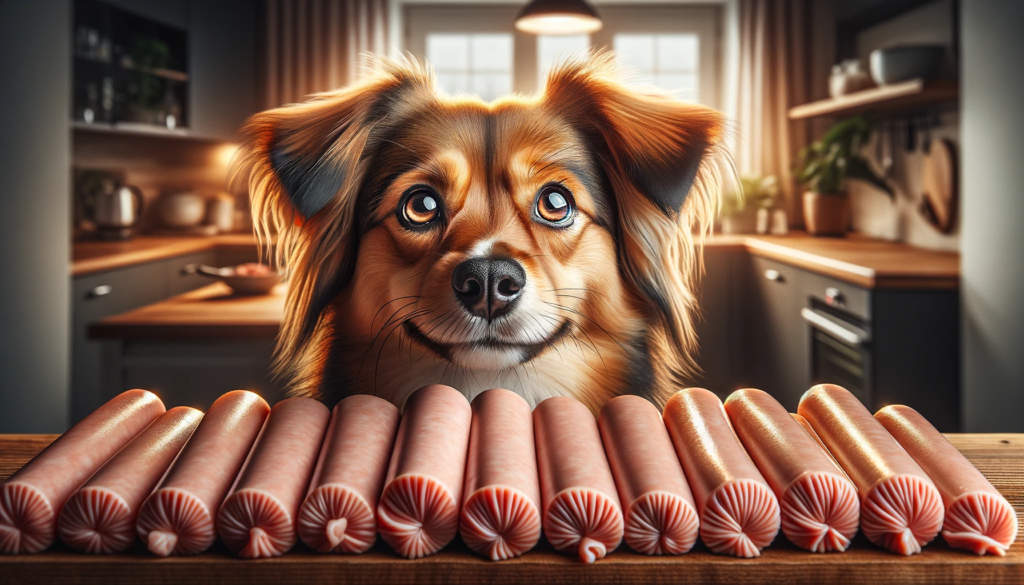
What Is Bologna?
Bologna is a type of sausage that originated in Bologna, Italy. It is typically made from finely ground pork and beef, and seasoned with spices such as garlic, pepper, and nutmeg. In some cases, it may also contain other meats or poultry, as well as fillers like corn syrup or soy protein. Bologna is often used as a sandwich meat and can be found in most grocery stores in pre-packaged slices. While it’s a popular food item for humans, many dog owners wonder if it’s safe for their furry friends to consume. In the next section, we’ll explore whether or not dogs can eat bologna and the potential risks associated with feeding it to your pup.
Can Dogs Have Bologna?
Now that we’ve established what bologna is, the question remains: can dogs eat it? The answer is somewhat complicated. While bologna itself is not toxic to dogs, it’s not exactly a health food either. The high sodium content in processed meats like bologna can lead to dehydration in dogs, and can even cause sodium ion poisoning if consumed in large amounts. Additionally, many types of bologna contain fillers and additives that can be difficult for dogs to digest and may cause gastrointestinal upset.
Furthermore, bologna is not a nutritionally balanced food for dogs, and should not be relied upon as a significant source of nutrition. If you’re looking for a protein-rich treat to share with your pup, there are plenty of healthier options out there, such as cooked chicken, beef, or turkey. As always, it’s important to keep your dog’s overall diet in mind when considering what human foods to offer them.
In summary, while dogs can technically eat bologna, it’s not a recommended food item to regularly include in their diet. If you do decide to share a small amount with your pup as an occasional treat, be sure to monitor them for any signs of digestive upset and limit their intake to a small slice or two at most.
Are There Harmful Ingredients in Bologna?
Yes, there are potentially harmful ingredients in bologna that could be detrimental to a dog’s health if consumed in large amounts. One of the main concerns is the high sodium content in processed meats like bologna. Excess sodium intake can lead to dehydration, electrolyte imbalances, and can even cause sodium ion poisoning in extreme cases. Dogs are particularly sensitive to salt, and even small amounts of bologna can have negative effects on their health.
In addition to high sodium levels, many types of bologna contain fillers and additives that can be difficult for dogs to digest. For example, corn syrup and soy protein are common fillers found in processed meats that may cause gastrointestinal upset in dogs. Nitrite or nitrate in some bologna is linked to human cancer risk and should be avoided in large amounts.
Overall, it’s important to read ingredient labels carefully and avoid bologna products that contain potentially harmful additives or excessive amounts of sodium. As with any human food, it’s best to offer bologna to your dog in moderation and always monitor them for any signs of digestive upset.
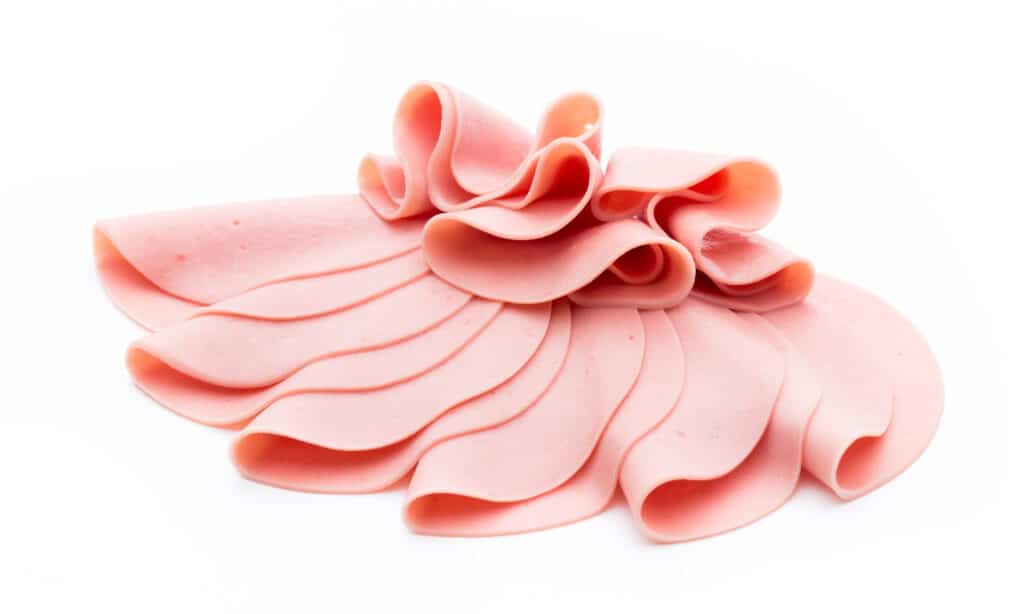
Are There Safe Ingredients in Bologna?
While it’s true that bologna can contain harmful ingredients like excessive sodium or fillers that may cause gastrointestinal upset in dogs, it’s also worth noting that there are safe ingredients in bologna that can be beneficial for our furry friends. Bologna made with high-quality, lean meats like beef or turkey can provide a good source of protein for dogs. Bologna without additives like corn syrup or soy protein can be gentler on a dog’s digestion.
If you’re thinking about sharing bologna with your dog as a special treat, it’s important to select a high-quality product and feed it to them in moderation. Feeding your pup a small slice or two of bologna as an occasional treat is unlikely to cause any harm, as long as it’s not a regular part of their diet. Keep an eye out for vomiting, diarrhea, or lethargy in dogs eating bologna.
What Signs To Watch For If Your Dog Accidentally Ate A Lot of Bologna?
If your dog accidentally eats a lot of bologna, there are several signs to watch for that could indicate a potential problem. The high sodium content in bologna can lead to dehydration, electrolyte imbalances, and even sodium ion poisoning in severe cases. Here are some signs to look out for:
- Excessive thirst: Increased thirst in dogs after eating bologna can signal dehydration due to high sodium content.
- Vomiting or diarrhea: Eating a large amount of bologna can upset a dog’s stomach and lead to vomiting or diarrhea. Monitor your dog for dehydration and contact your vet if vomiting, diarrhea or lethargy persist or worsen.
- Lethargy: Eating too much bologna can make dogs lethargic or weak due to dehydration or electrolyte imbalances.
- Increased heart rate: Excessive sodium raises heart rate; faster than normal could signal bologna overindulgence. Watch for symptoms.
If you notice any of these symptoms in your dog after they’ve consumed a large amount of bologna, it’s important to seek veterinary care as soon as possible. Quick treatment is vital for sodium poisoning in dogs. Early intervention can make a huge difference in their recovery.

When or If You Should Go To The Vet?
If you suspect that your dog has ingested a large amount of bologna and is exhibiting any signs of illness, it’s important to seek veterinary care as soon as possible. Depending on the severity of the symptoms, your veterinarian may recommend immediate treatment to help your dog recover.
For example, if your dog is exhibiting signs of dehydration, your vet may recommend administering fluids to help rehydrate them. In severe cases, hospitalization may be necessary to provide intravenous fluids and electrolyte replacement therapy. Your vet may prescribe medication for vomiting or diarrhea in dogs to ease symptoms and prevent dehydration.
In some cases, your veterinarian may also recommend blood work or other diagnostic tests to assess your dog’s overall health and rule out any underlying conditions that may have been exacerbated by the bologna consumption.
It’s important to remember that even if your dog seems to be recovering from the effects of eating too much bologna, it’s still a good idea to follow up with your veterinarian to ensure that there are no long-term complications. By seeking prompt veterinary care, you can help ensure the best possible outcome for your furry friend.
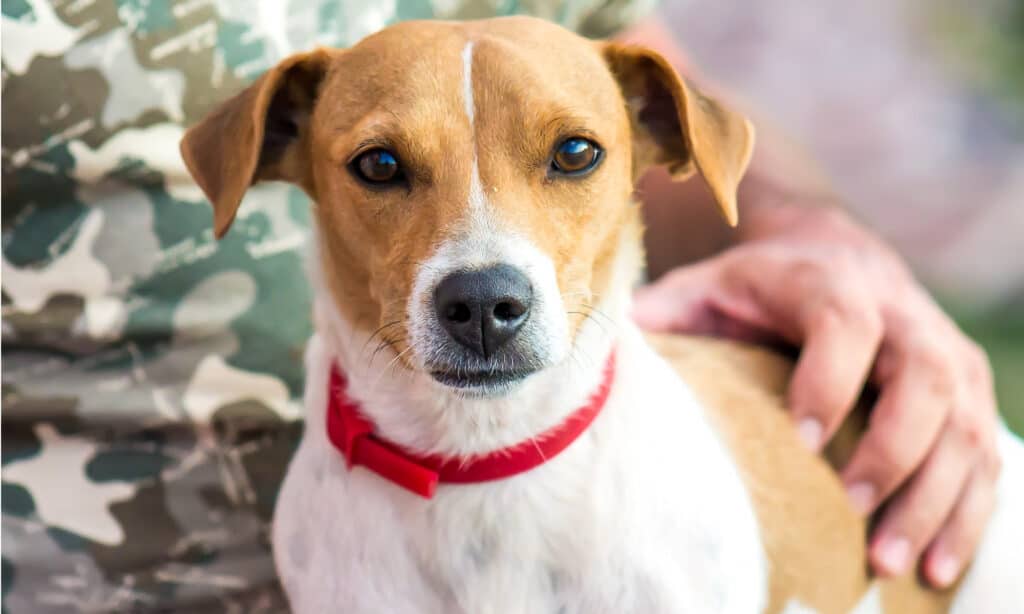
Safe Dog-Friendly Alternative to Bologna:
If you’re looking for safe, dog-friendly alternatives to bologna, there are plenty of options to choose from that are both healthy and delicious. Here are a few ideas:
- Cooked Chicken: Plain, skinless, boneless chicken is a great source of protein for dogs and is easy to prepare. Cook chicken and serve small pieces as a treat or part of dog’s regular meal. Boil, bake, or grill.
- Lean Turkey: Like chicken, lean turkey is another protein-rich option that is low in fat and easy to digest. Cook turkey like chicken, serve as a treat or mix with regular food for dogs.
- Beef Jerky: Beef jerky made specifically for dogs can be a tasty and nutritious alternative to bologna. Just be sure to choose a high-quality product that is free from fillers and additives.
- Peanut Butter: Many dogs love the taste of peanut butter, which is a great source of healthy fats and protein. Give dogs peanut butter as a treat or stuff it in a puzzle toy for added mental stimulation.
- Carrots: Carrots are a low-calorie, vitamin-rich snack that many dogs enjoy. Offer your dog carrots as treats or mix into their food for added nutrition and crunchiness.
Remember, when offering any new food to your dog, it’s important to introduce it gradually and in moderation to avoid digestive upset.
Healthy Store-Bought Options:
In conclusion, while bologna may not be the healthiest food option for dogs, it can be enjoyed as an occasional treat in small amounts. However, it’s important to choose a high-quality product that is free from harmful ingredients like excessive sodium or fillers. When offering bologna to your dog, always do so in moderation and monitor them for any signs of digestive upset.
That being said, there are plenty of safe, dog-friendly alternatives to bologna that are both nutritious and delicious. Add chicken or turkey to your dog’s diet for nutrition, health, and happiness.
As always, when it comes to feeding your dog human foods, it’s important to do your research and consult with your veterinarian if you have any questions or concerns. With the right balance of healthy foods and occasional treats, you can help ensure that your furry friend is getting the best nutrition possible.
~Daniel

